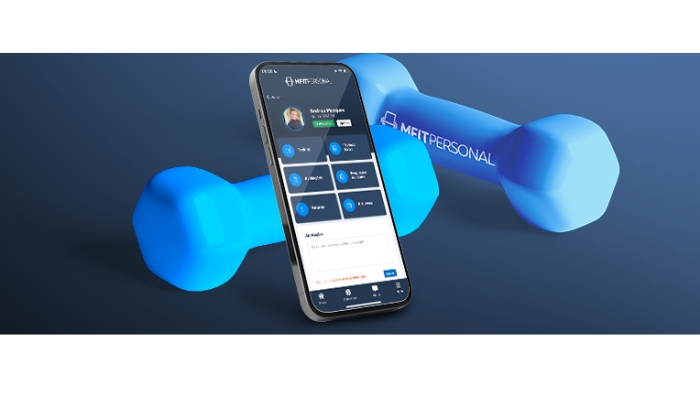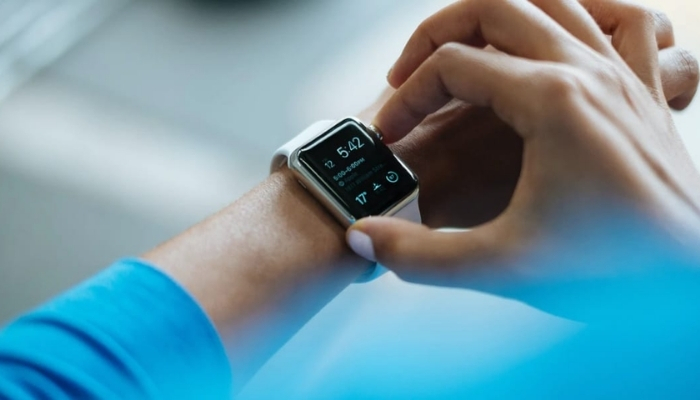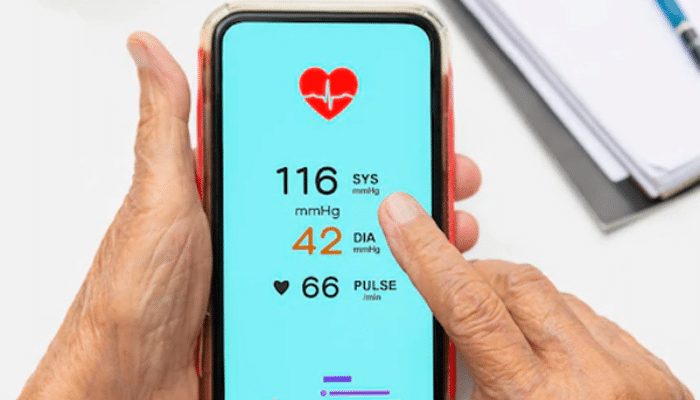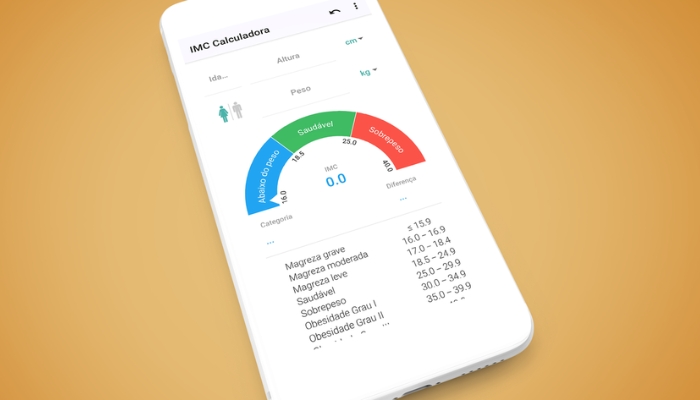Train Safely with This Heart Rate Monitoring App
Anúncios
In today’s digital health landscape, heart rate training apps are increasingly gaining traction among athletes, exercisers, and even people who monitor their heart rate on medical advice. With the advancement of wearable devices and sensors built into cell phones, it has become much easier to monitor, in real time, how your heart reacts to physical stimuli. And all of this with precision and intuitive visual data.
These apps have become strategic tools for optimizing physical performance, controlling effort levels and preventing cardiovascular risks. By allowing detailed monitoring of heart rate during different activities — such as running, HIIT, cycling or walking — they help users stay within the ideal training zone, optimizing calorie burn and improving endurance.
Anúncios
Additionally, most of these platforms offer graphs, sound alerts, reports, and synchronization with other health apps. This makes the self-assessment process even more complete. Let’s now look at the features and best options available.
What is a heart rate training app?
A heart rate training app is a mobile solution that uses sensors that are either integrated or attached to the body to measure heart rate during physical activity in real time. It transforms raw data into visual information, helping the user maintain the correct exercise intensity.
Anúncios
With features like personalized training zones, overexertion alerts, and integration with smartwatches and heart rate monitors, these apps provide technical support for both amateur and professional athletes. Constant monitoring increases safety and directly contributes to performance.
Check out the 3 best heart rate training apps
If you’re looking for real-time heart rate monitoring , accurate data, and advanced features to safely improve your performance, these apps are highly recommended. They offer features ranging from personalized training zones to syncing with wearable devices , delivering detailed reports that help with both cardiovascular training and preventative health monitoring.
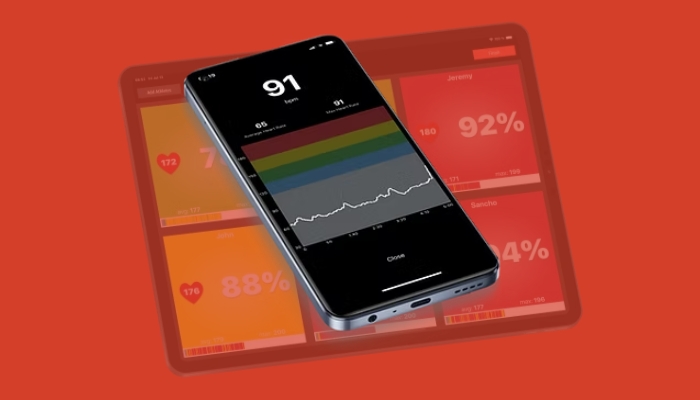
- CardioMez : Provides accurate heart rate readings during exercise, with visual and audible alerts when you leave your target zone. It is perfect for those who want to train in a personalized and safe way. It integrates with Apple Watch and other wearable devices, allowing continuous analysis of heart performance. Play Store – (iOS not available at the moment)
- Polar Beat : ideal for training based on heart rate zones, especially focused on burning fat, increasing aerobic endurance and active recovery. It offers real-time reports, voice feedback and direct connection with Polar heart rate belts, recognized for their reliability in the sports world. Play Store – App Store
- Heart Rate Monitor – Fitness Tracker : an app with an intuitive interface, aimed at beginners and intermediate users, with detailed graphs that show frequency peaks, weekly averages and trends. Ideal for monitoring low and medium intensity workouts, such as walking, light cycling and strength training with a focus on conditioning. Play Store – App Store
Each of these apps caters to different profiles — from amateur athletes to practitioners who want to improve their cardiovascular health. All of them are compatible with Android and iOS, have free versions, and offer high reliability in collecting and analyzing physiological data.
Benefits of using heart rate training apps
Training with a focus on heart rate is an efficient way to understand how your body responds to physical effort and adjust your pace according to your goal. Apps that offer this monitoring allow you to optimize aerobic workouts, control the level of intensity and avoid overloading your heart.
Additionally, the data collected helps identify stress spikes, accumulated fatigue, and even signs of overtraining. This promotes muscle recovery, improves long-term performance, and reduces the risk of injury, especially during high-intensity workouts.
How do heart rate apps interpret your data during your workout?
Heart rate apps use optical sensors, accelerometers or external monitors connected via Bluetooth to capture heart rate in real time. From this data, advanced algorithms determine which exercise zone the user is in, adjusting alerts and suggesting breaks or increases based on the defined goals.
See how the process works in a structured way:
- Install the app and sync with a wrist sensor, chest strap or phone camera.
- Set the type of exercise and your goal (fat burning zone, cardio, etc.).
- Start monitoring while the system detects and analyzes your heartbeat.
- Receive visual and audible feedback when changing heart rate zones.
- At the end, check a report with time in each zone, peaks, averages and effort analysis.
This guided journey transforms heartbeats into valuable data for evolution and safety.
The accuracy of heart rate apps
The accuracy of these applications depends mainly on the quality of the sensor used and its compatibility with devices such as chest straps or smartwatches. When combined with reliable hardware, heart rate data tends to be very close to that obtained by clinical equipment.
It is important to remember that, for intense training, the accuracy of optical sensors can vary. Therefore, it is recommended to use apps that allow connection to external monitors via Bluetooth, ensuring data accuracy and avoiding incorrect interpretations.
Smart tips for using cardio training apps safely and efficiently
Despite being extremely functional, heart monitoring apps require attention to data interpretation, physical limits and correct use of sensors. The combination of technology and responsibility is what guarantees the effectiveness of monitoring.
Apply these 5 strategies for smart and safe use:
- Choose sensors that are scientifically validated or certified by health organizations.
- Set your target heart rate zone based on clinical or physiological assessments.
- Don’t use apps as the only parameter for intense training — combine it with exams.
- Adjust your workouts based on your body’s signals, such as dizziness, pain or unusual fatigue.
- Have periodic reviews with healthcare professionals to validate your progress data.
By following these principles, you maximize the benefits of apps without compromising your physical integrity.
Are Heart Rate Apps Worth It? Final Thoughts
Yes, heart rate training apps are excellent allies for those who want to perform safely and with body awareness. They help you understand your own limits, create smarter workouts and avoid common mistakes due to over- or under-exertion.
Whether for weight loss, fitness, or medical care, these apps offer valuable data that transforms the way you exercise. With responsible and well-guided use, technology becomes your greatest ally on the path to well-being.
